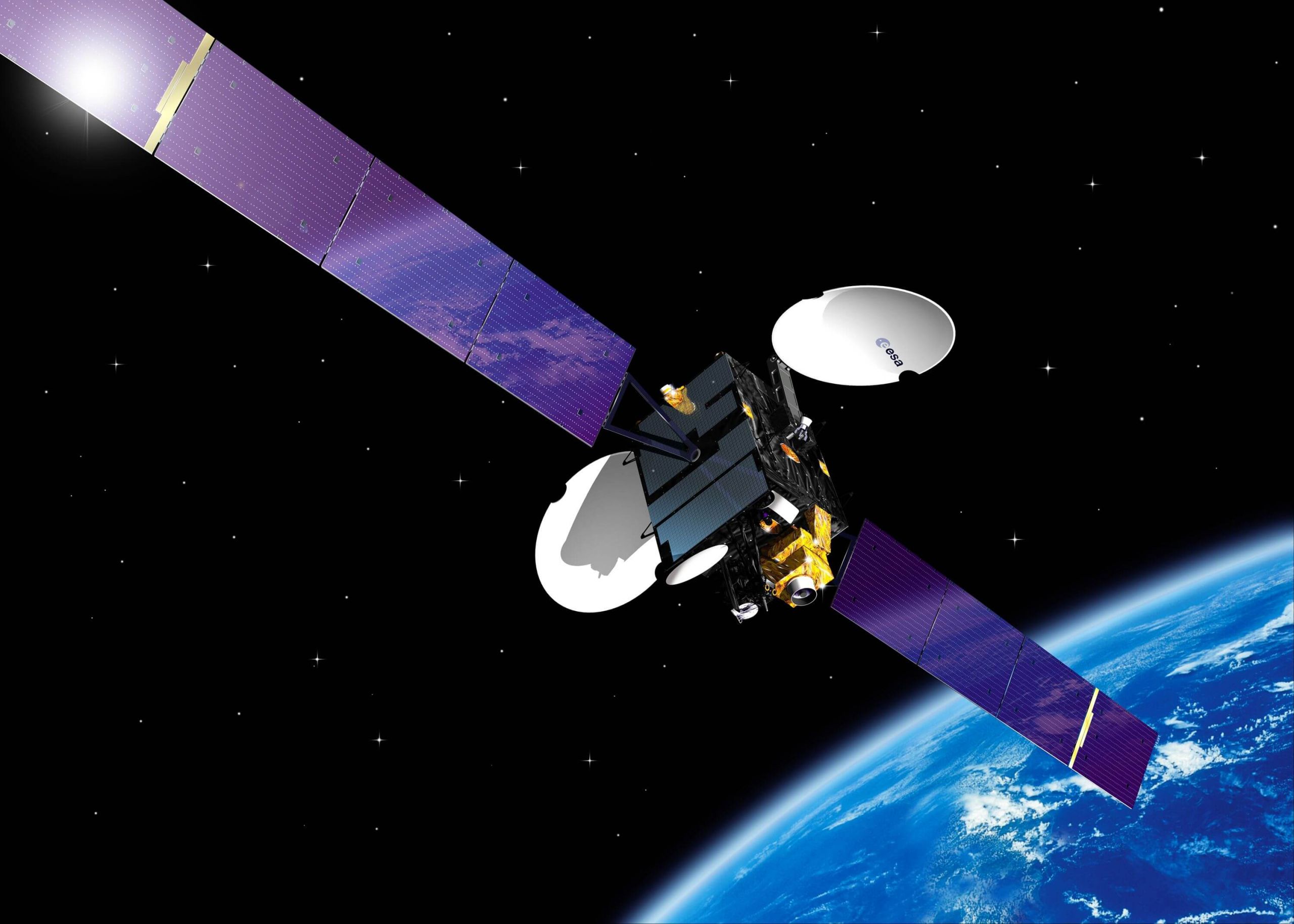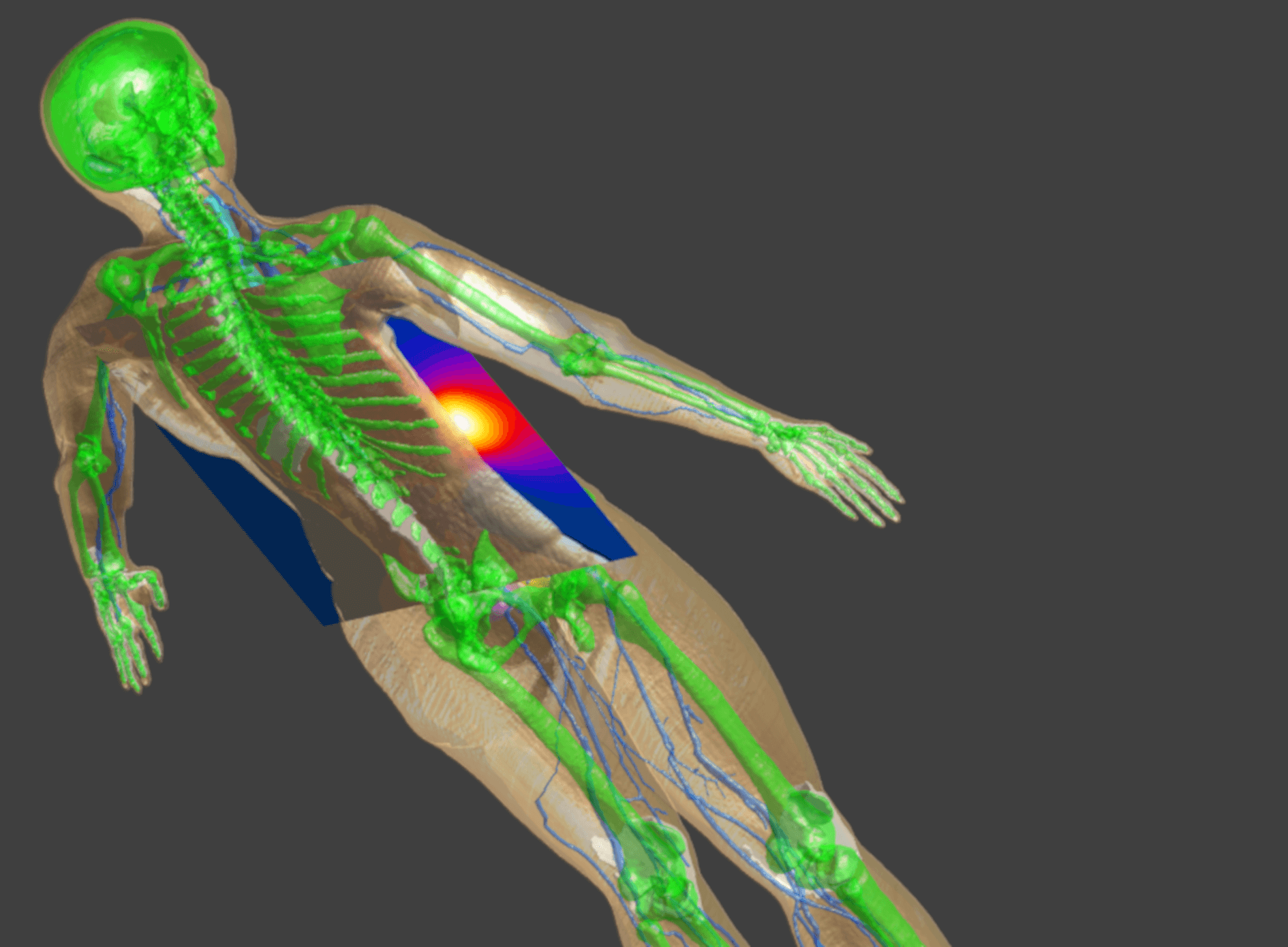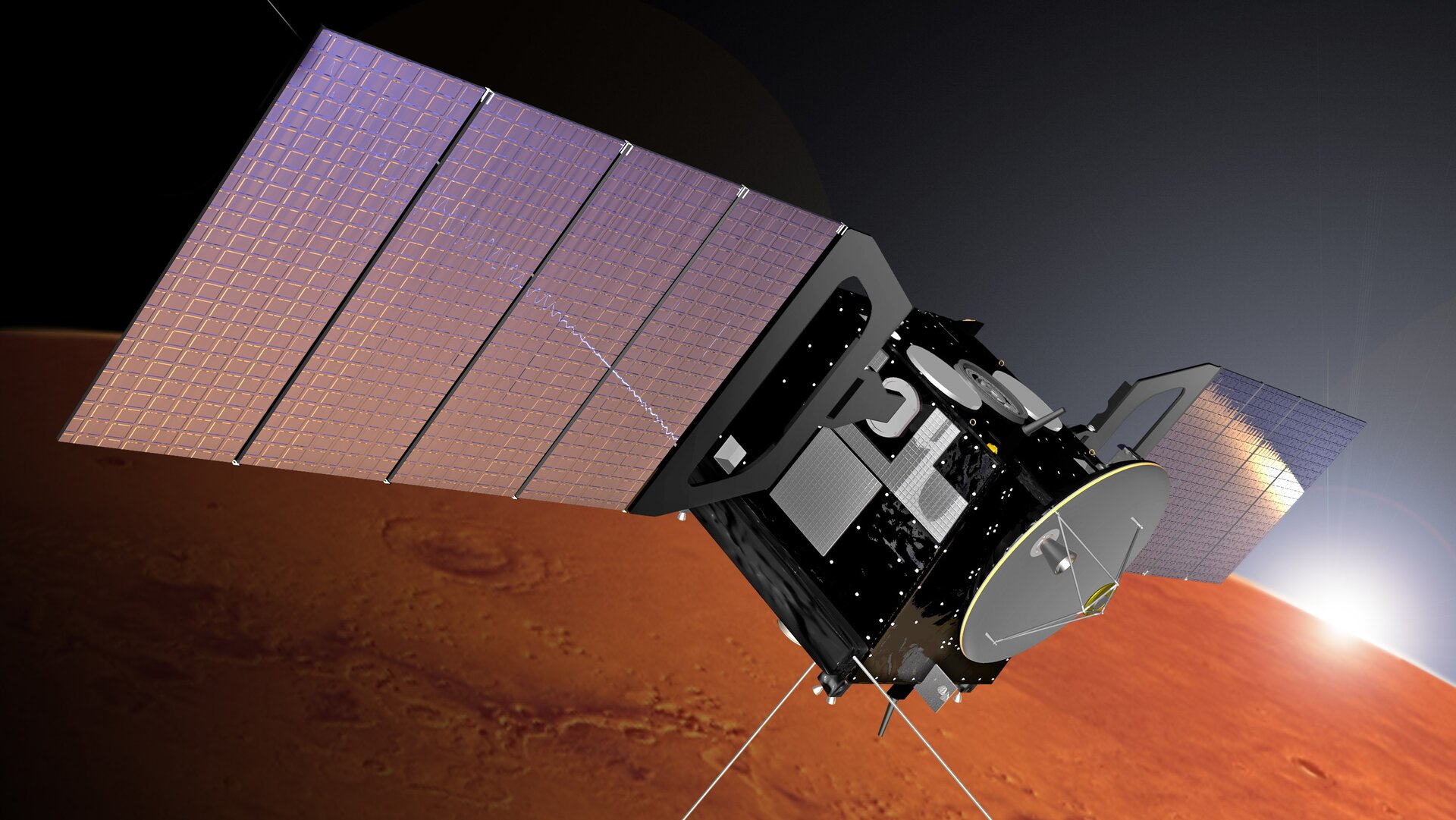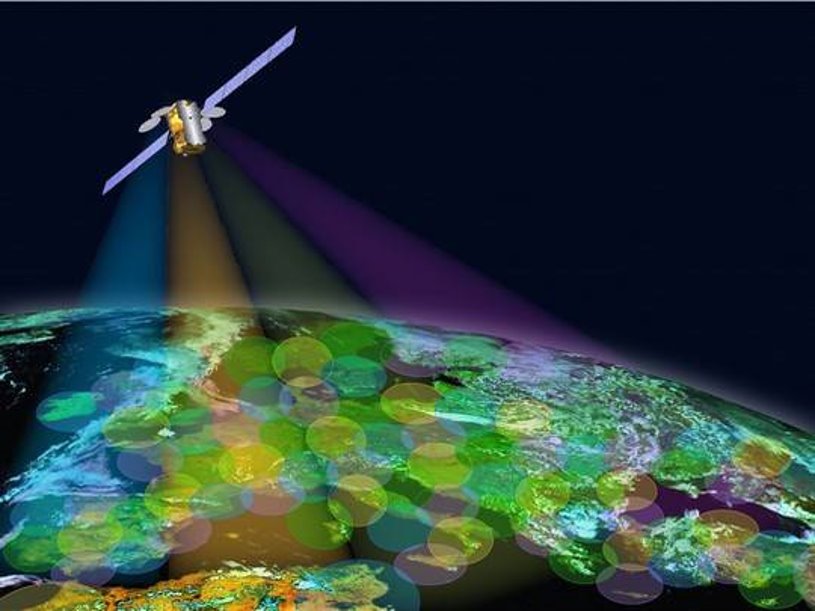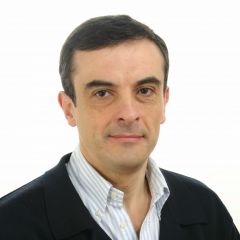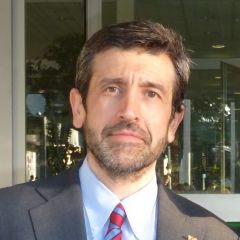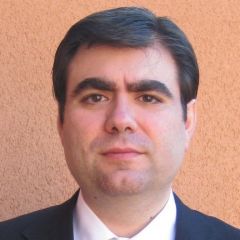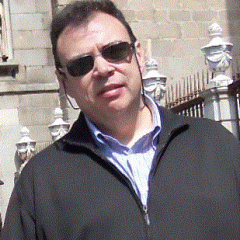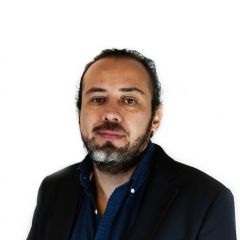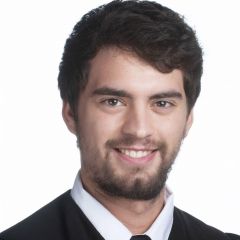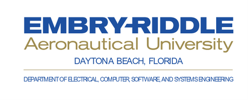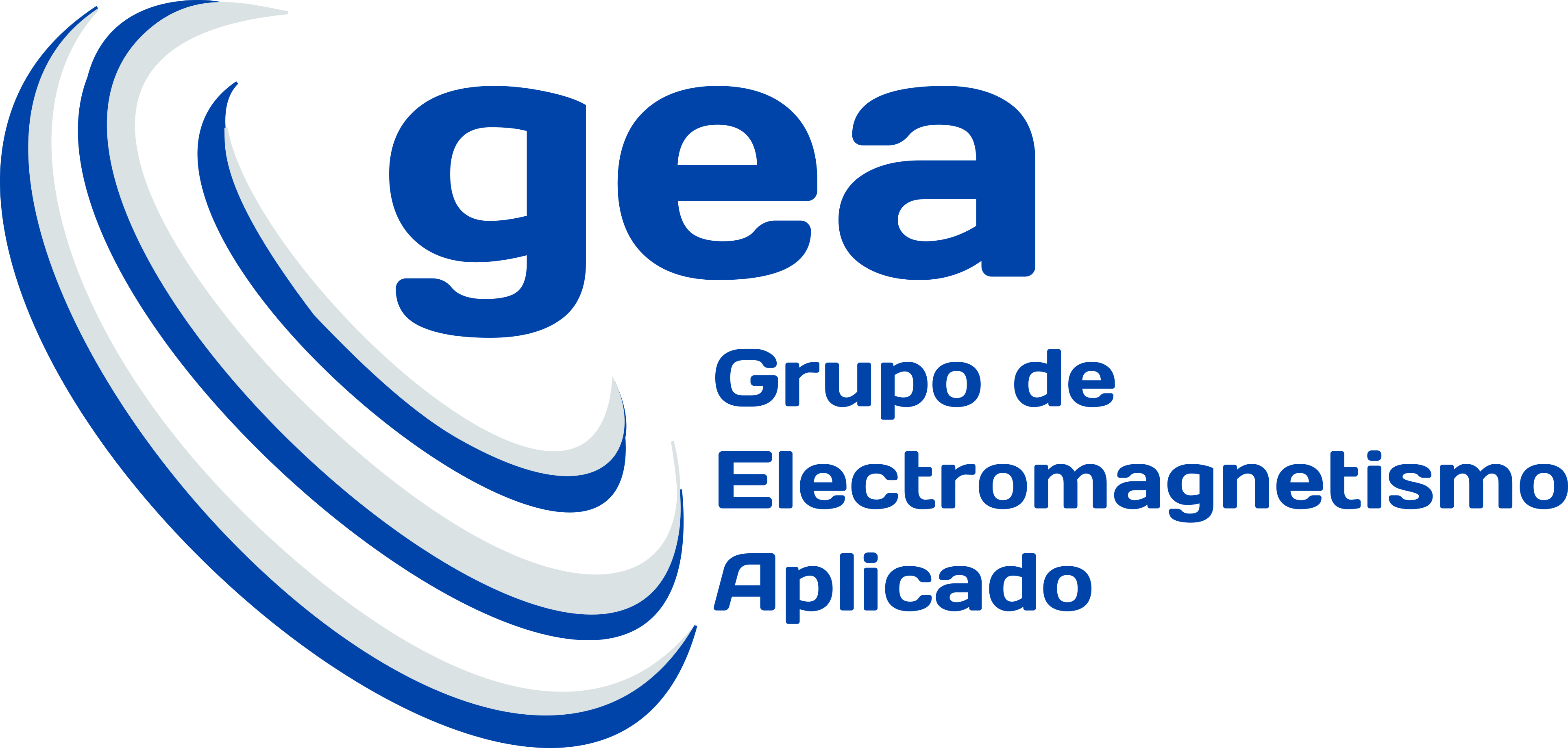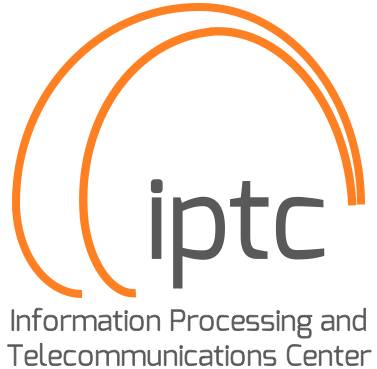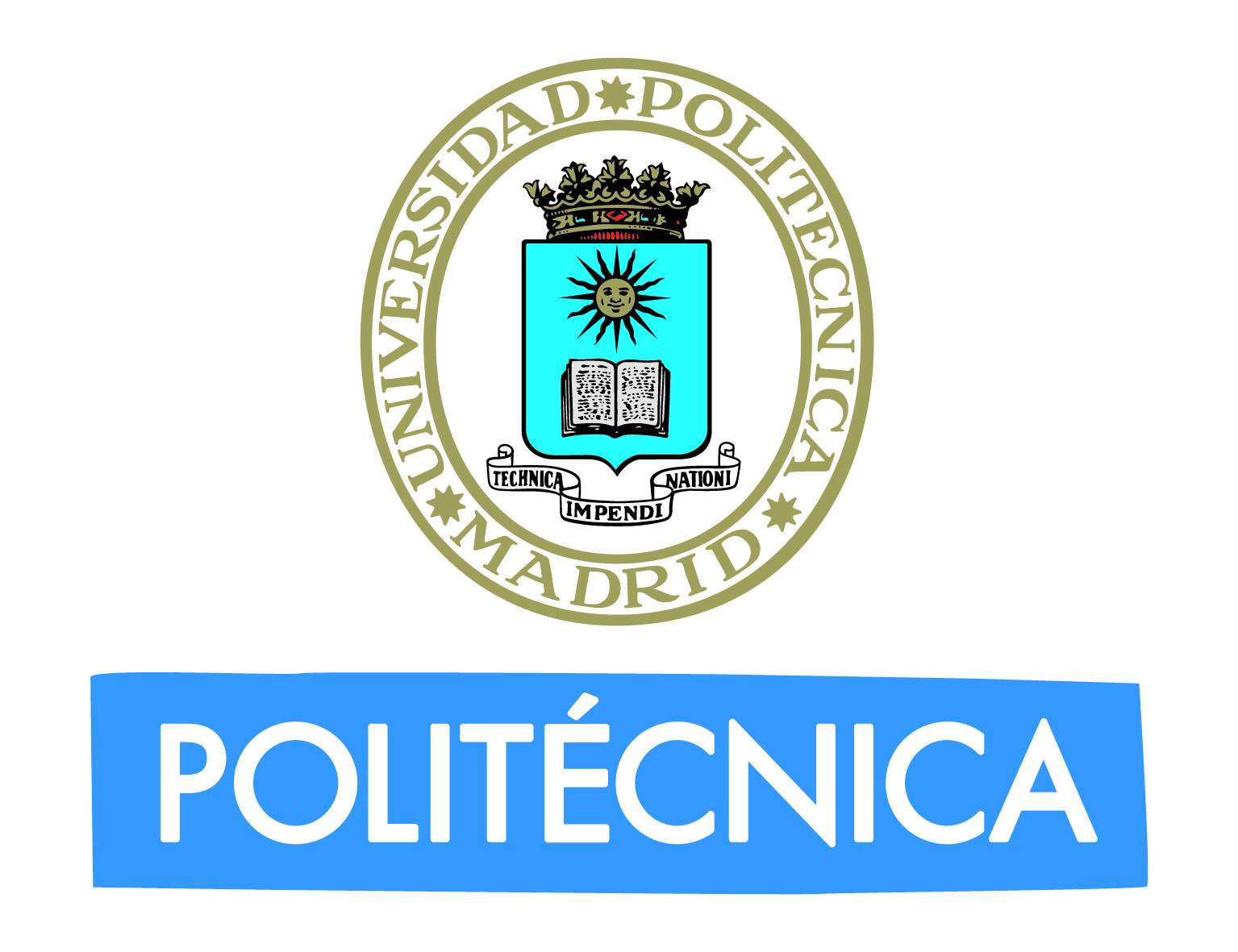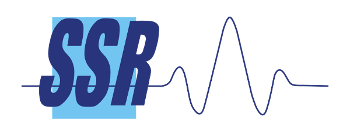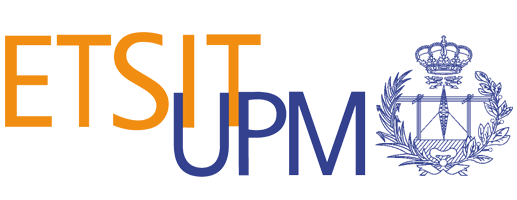Presentation
The Applied Electromagnetism Group (GEA) has more than twenty years experience in developing software tools for the analysis and design of passive devices, periodic structures and antennas for space applications. The group has implemented efficient numerical methods in computational electromagnetism, based on hybridization of MoM, MEF, Modal Analysis and Domain Decomposition.
Different waveguide components have been designed, manufactured and measured (polarizers, filters, diplexers/triplexers, OMT, power combiners, beam forming networks) and dichroic subflectors. Some have been used in telecommunications satellites (Hispasat-1A-B-C-E, Artemis, Sesat, Astra-1K-3B-1M, Europe*Star, Newbird, Sky-Bridge, Eutelsat-W2A, Amazonas-2-5, among others) and in scientific missions (Mars Express, Venus, Express, Rosetta, Herschel-Planck, Bepi-Colombo).
GEA has led several ESA contracts to develop innovative reflectarray technologies for space applications, including satellite antennas with different coverages in Ku-band and for multi-beam coverage in Ka-band.
Other areas of research are: the development of antennas to electronically scan or reconfigure the beam using different technologies (pin diodes, MEMS and liquid crystals) in the frequency range from 9 GHz to 300 GHz; design of RF components based on metamaterials; and evaluation of biological effects of electromagnetic fields, including hyperthermia and dosimetry.
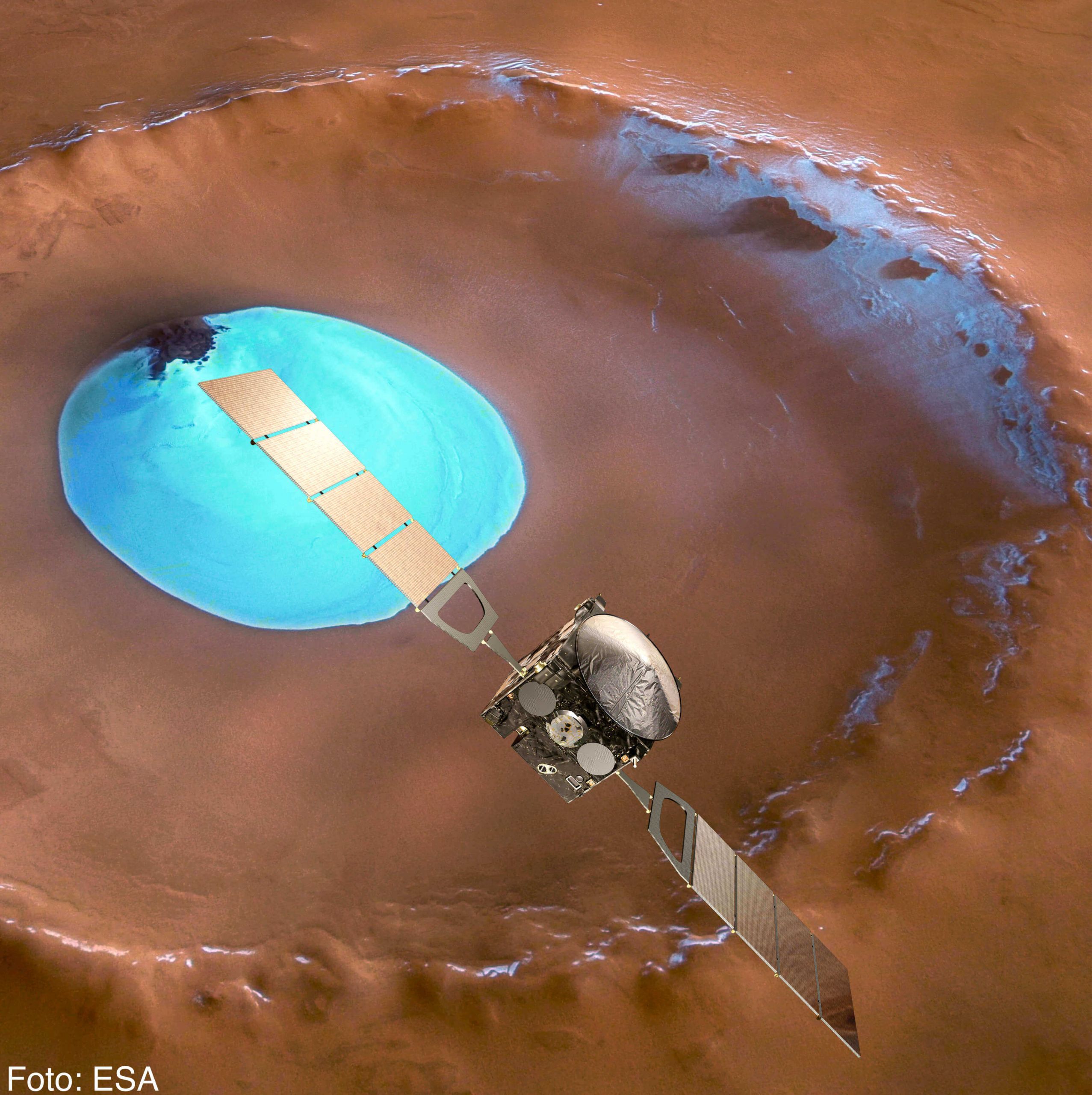
RESEARCH AREAS
Reconfigurable antennas for 5G millimeter wave networks
Development of efficient techniques for analysis and design of RF devices and antennas
EDUCATION
TEAM
RESEARCH PROJECTS
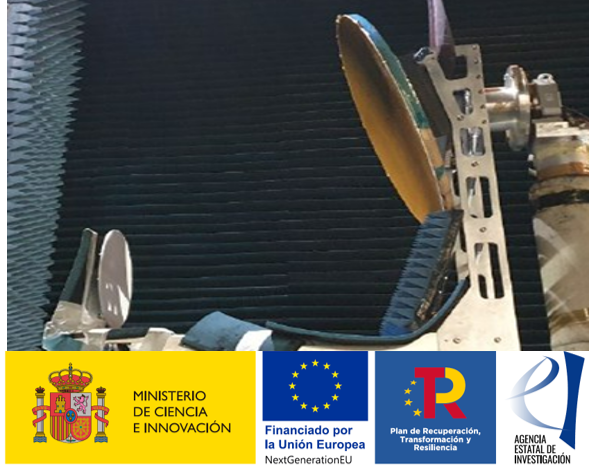
REALSAT
“Reflectarray-based Antennas for SmallGEO and LEO Communications Satellites ” PDC2021-120959-C21-2
2021-2023
Se ha demostrado una antena que genera haces múltiples en banda Ka para proporcionar acceso a internet desde satélite, mediante un modelo a escala ½ de una antena real.
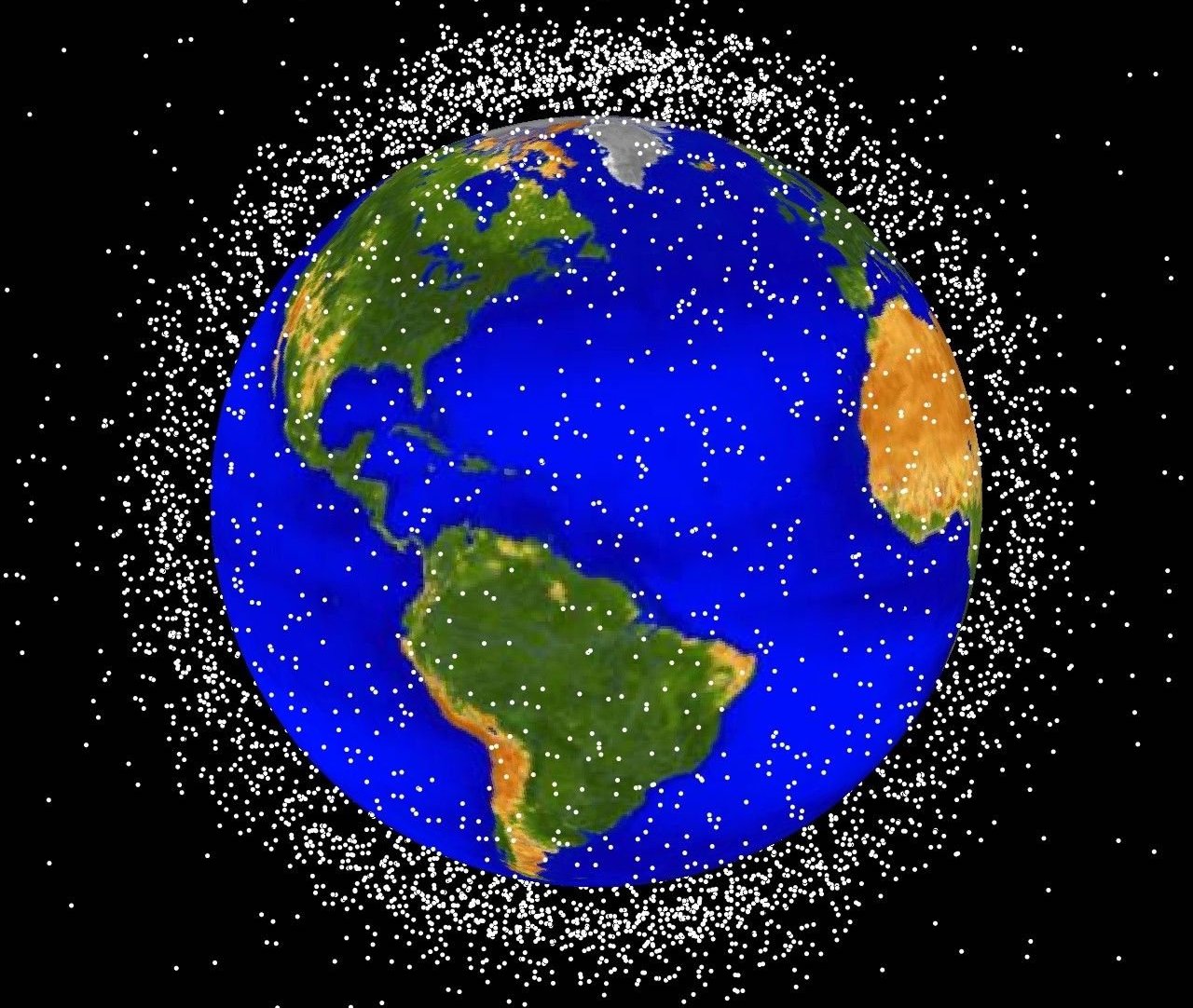
SPADERADAR
Space Debris Radar
Comunidad de Madrid, S2013/ICE-3000 (2014-2018)
Several technologies were developed for a space debris detection radar. When located on space platforms such as the International Space Station or communications satellites, the radar would be used to prevent collision with dangerous objects.

MARTA
“Multiple Beam Antennas based on Reflectarrays and Transmitarrays” ESA-AO8438
2016-2019
We have shown that a four-color multi-spot coverage (two frequencies and two polarizations) can be obtained with only two reflectarray antennas, instead of four conventional reflector.
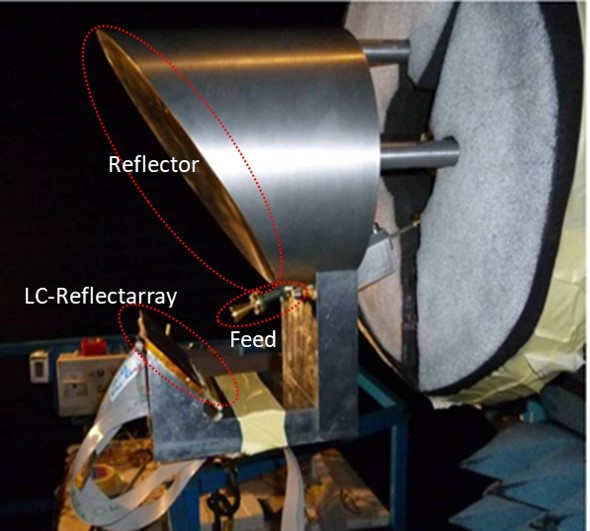
Innovative Reconfigurable Systems Based on Liquid Crystals (ESA-AO6419)
2011-2014
We have successfully designed, manufactured and tested a beam-scanning antenna at 100 GHz, made of a parabolic main reflector and a reconfigurable reflectarray subreflector based on Liquid Crystals (LC)
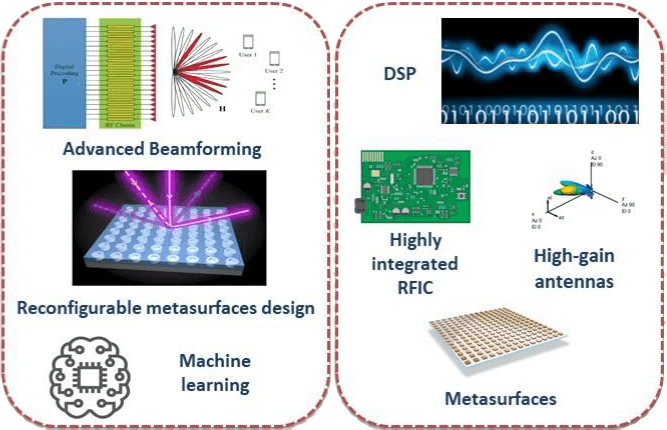
ARIADNE
“Artificial Intelligence Aided D-band Network for 5G Long Term Evolution”
2019-2022
Different technologies are developed and integrated (Artificial Inteligence, Maching Learning, Radiofrecuency above 100 GHz) for wideband wireless communication systems beyond 5G. We are developing at GEA an antenna, based on liquid crystal technology capable of electronically adapting indoor coverage.
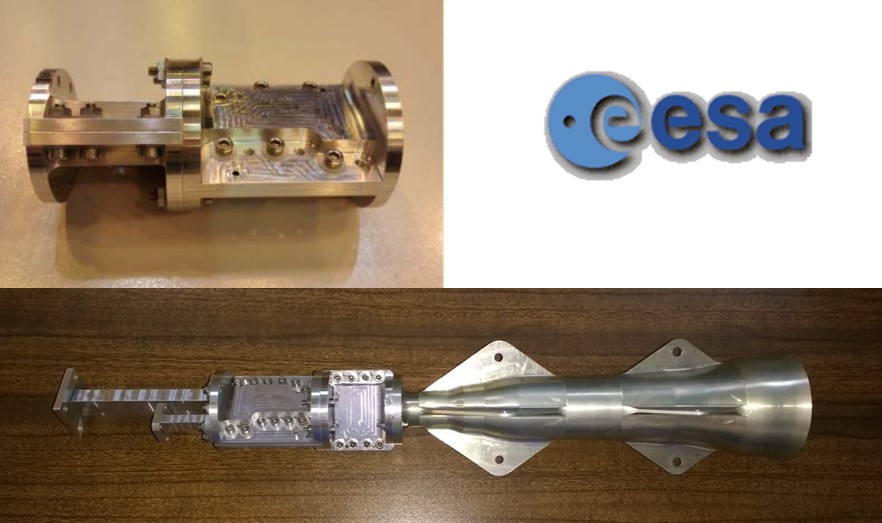
ESA Innovation Triangle Initiative (ITI) Compact K/Ka band antenna feed for multi‐beam satellite communications
2011-2014
Development of antenna feed-chain for communications satellites with multi-beam technology in dual-band K/Ka bands.
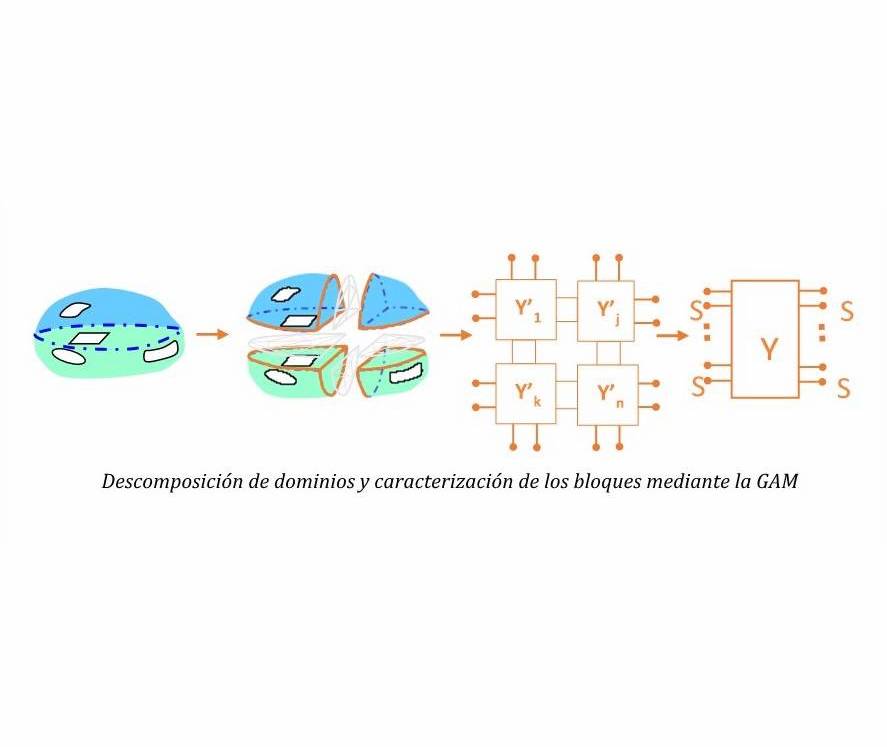
New hybrid methods for optimizing high-frequency circuits and antenna arrays (TEC2017-83352-C2-1-P)
2018-2020
New hybrid methods have been implemented, which add new capabilities for efficient analysis of passive microwave circuits and antennas. Some of them are design-oriented in SIW (Substrate Integrate Waveguide) technology, since it is an emerging low cost technology.

ADDMATE
New additive manufacturing technologies for passive devices in microwave and millimeter bands (TEC2016-76070-C32R)
2017-2019
New additive manufacturing techniques are changing the development model in many technology sectors. The objective of the Project has been to develop waveguide devices for space applications and power combination using Selective Laser Sintering using aluminum and copper powder mixtures. Different devices such as modal converters, polarizers and transitions have been manufactured.
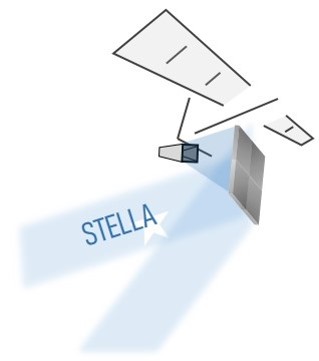
STELLA
STeerable BEam Reflectarray Antenna in Q, V/W bands for Gateway Links from LEO Satellites
In Evaluation
The goal is to demonstrate electronically reconfigurable beam antenna technology in Q V/W bands, based on liquid crystal reflectarrays (LC-RA), for broadband communications using low-orbit satellite constellations.
PROJECTS WITH INDUSTRY

METAWAVE
USA
Passive reflectarray panels are being designed to improve coverage areas in the deployment of the new millimeter-wave 5G networks.

HUAWEI
China
A reconfigurable beam antenna was designed for high-performance base stations, by implementing liquid crystal technology in a reflectarray antenna.

AIRBUS
DEFENSE & SPACE
Design of feed-chain for Amazonas 4B satellite and Asymmetric OMT for AMU satellite

THALES ALENIA
SPACE
Design of Ka-band triplexor for Bepi-Colombo spacecraft
INTERNATIONAL COLLABORATIONS
NEWS/EVENTS
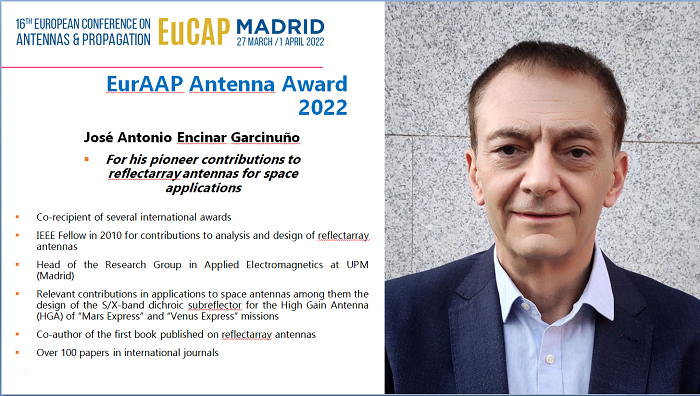
“EuRAAP Antenna Award 2022”
José Antonio Encinar has received the “EuRAAP Antenna Award 2022” by the “European Association on Antennas and Propagation”, for his pioneer contributions to reflectarray antennas for space applications.

The GEA Research Group together with the Radiation Group of UPM has participated in the organization of the Conference EUCAP 2022 in hybrid format with 1100 participants.

CONTRATO POSTDOCTORAL en ETSIT-UPM
Para el diseño de Superficies Reconfigurables Inteligentes (RIS) en el marco del proyecto: Enabling Antenna Technologies for Smart Connectivity in mm-Wave 5G and Beyond: Passive and Reconfigurable Reflectarrays for Base Station Antennas and Intelligent Reflecting Surfaces.

Extraordinary Doctoral Award (2020)
D. Eduardo María Martínez de Rioja del Nido
Universidad Politécnica de Madrid.

Prize HISPASAT to the best Master Thesis in the topic of New Technologies for Comunications Satellites (2019).
José Daniel Martínez de Rioja del Nido
“Design and Experimental Validation of Reflectarrays to Generate Four Adjacent Beams Per Feed For Multi-Spot Satellite Antennas”

Finalist to UPM_innovatech 2T Challenge 2019, for innovatve Technologies, with the proposal: Aerialc: Low-cost and high-gain antennas based on Liquid Crystals (LC) technology for electronic beam scanning”, presented to the Industry by Gerardo Pérez Palomino y Eduardo Carrasco Yépez.
CONTACT
Grupo de Electromagnetismo Aplicado
Dpto. Señales, Sistemas y Radiocomunicaciones
Universidad Politécnica de Madrid


